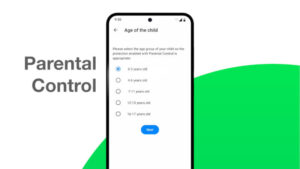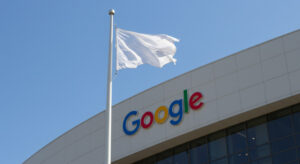When HP unceremoniously dropped plans to release the Slate tablet computer running Windows 7, we learned much about the changing relationship between Microsoft and the major computer makers. That the product was dropped after being unveiled by Microsoft chief Steve Ballmer at January’s Consumer Electronics Show (CES) in Las Vegas was even more telling.
The project might have been doomed from the start. Despite the fact that the bar for tablets had yet to be raised by the iPad, reporters at CES weren’t very impressed by what they saw. Nick Mediati’s remarks on InfoWorld were typical:
“Microsoft demonstrated the HP tablet alongside tablets from Pegatron and Archos. Ballmer didn’t spend too much time demonstrating the HP tablet, and if you were expecting something completely groundbreaking, you may be disappointed.”
The PR folks at HP, however, went full tilt boogie. As late as mid-April they were proclaiming the device to be an Apple killer while releasing flashy videos of the product. Under the radar, though, it was reported that the device was sluggish, buggy and not well suited for touchscreen use. At the end of April, HP suddenly purchased ailing Palm, dropped plans for the release of Slate (which was reputed to be only a couple of months away), and eventually announced via Twitter they would be developing a new tablet based on Palm’s WebOS.
In reporting on the demise of Slate, Dan Hope reported on TechNewsDaily:
“HP’s cancellation of the Slate may have much to do with the Windows 7 operating system it was running. Windows 7 may have been too cumbersome as a touchscreen OS for tablets, and an early report on Slate development indicated that responses to the Slate’s interface weren’t positive.”
It was no surprise to most tech writers that Windows 7 would be too bloated for tablet use or that an interface designed for mouse and keyboard would be awkward on the touchscreen. But no one seemed to see the bigger story here or, if they did, they didn’t dare express it in public. This was surprising, since it would be expected that the Linux pundits would be shouting this from rooftops.
Here’s the bigger story in a nutshell: Dropping an announced Windows device in favor of a similar product running a non-Microsoft platform means that it’s a different game now between Microsoft and the major OEMs. A way different game.
Until recently, as much as we begged and pleaded, we couldn’t get makers of consumer computers to pre-install anything other than Windows on their boxes. It was a big deal, several years back, when Dell began selling computers with Ubuntu installed. But, even then, finding the Linux boxes on their web site was like walking a maze and, once found, the selection was dismal. And customers who did order a Ubuntu machine found that much of the hardware was configured incorrectly, which meant the user had to have some knowledge of the inner workings of Linux to get their machine in working order. In other words, it wasn’t ready for grandma out of the box.
It was always assumed by most folks in the open source community that this was because the OEMs were afraid of Microsoft, that the company threatened the computer makers with higher prices and other actions that would make them less competitive in an overcrowded market if they strayed away from the Windows farm. For a company like HP to drop an announced Windows product, especially a product that had been unveiled by Ballmer, was entirely out of the question.
HP’s move may signal that Microsoft’s iron grip on the computer makers has loosened considerably. HP, Dell and the rest may not be intimidated by Redmond anymore.
Christine Hall has been a journalist since 1971. In 2001, she began writing a weekly consumer computer column and started covering Linux and FOSS in 2002 after making the switch to GNU/Linux. Follow her on Twitter: @BrideOfLinux





